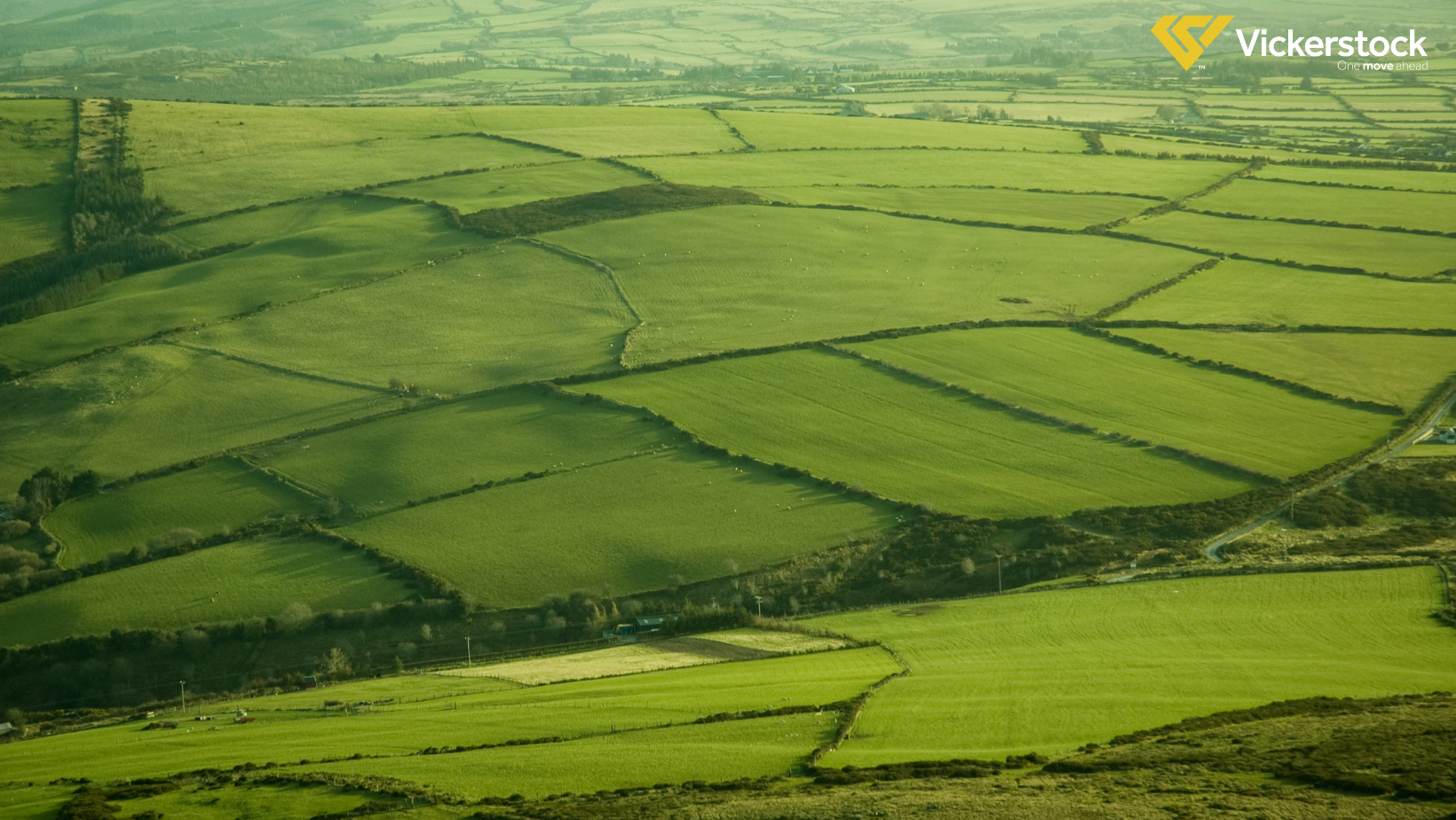
Ireland’s Food & Beverage Sector Shows Resilience Amid Global Challenges
Despite facing significant cost pressures, tariff shifts, and global volatility, Ireland’s food and beverage sector continues to demonstrate resilience and growth.
According to the Bank of Ireland Food & Beverage Sector H2 2025 Outlook, Ireland recorded €9.4 billion in exports during the first half of 2025, representing a 17% year-on-year increase (Central Statistics Office). Growth was led by strong performances in meat (+17%) and dairy (+32%), with all subsectors reporting gains.
“Operators are proving resilient and overall the industry in Ireland has remained buoyant.” – Lucy Ryan, Head of Food & Beverage Sector, Bank of Ireland
Key Market Pressures
Rising input costs and food inflation remain major challenges, with Ireland’s inflation rate at 4.8% in July, ahead of both the EU average (3.6%) and the UK (4.5%).
The 15% US tariff on EU alcoholic beverages, introduced in August, has placed Irish drinks exporters at a competitive disadvantage. In contrast, UK and Northern Irish exporters face a lower 10% rate.
Canadian tariffs remain significantly higher at 35%, pushing Irish producers to seek new trade opportunities.
Shifting Trade Dynamics
Irish exporters are increasingly targeting alternative markets. Canada has emerged as a key focus, particularly in whiskey exports, with trade discussions advancing following the removal of US whiskey from Ontario shelves.
Domestically, grocery retail remains strong. Dunnes Stores maintained its lead in mid-2025, while Lidl posted 9% year-on-year growth, reaching a record market share of 14.2% (Kantar). Meanwhile, 47% of UK grocery spend is now on own-label products, underlining consumer demand for value in the face of inflationary pressures.
Food Safety & Sustainability
The Food Safety Authority of Ireland has increased oversight following several listeria-related recalls, introducing enhanced traceability and more frequent testing. Improved detection methods and higher consumption of chilled prepared foods are driving these numbers.
Sustainability also remains central to long-term strategy. Under Food Vision 2030, Ireland aims to be a global leader in sustainable agri-food systems. While energy efficiency gains have been made, challenges remain, particularly in reducing plastic packaging, where Ireland continues to rank highest per capita in Europe.
Global & Corporate Landscape
Commodity prices remain volatile. The FAO Food Price Index rose 1.6% in July, with meat and oil driving the increase. Cocoa prices, though down from 2024 highs, and elevated coffee prices continue to pressure supply chains.
M&A activity has remained steady despite a 7% decline in transaction volume compared to 2024. Notable deals include Valeo Foods’ acquisition of Italian bakery brands Melegatti 1894 and Freddi Dolciaria, and Greencore’s £1.4 billion purchase of Bakkavor.
Outlook for H2 2025
The outlook for the remainder of 2025 is moderately positive. Export diversification, automation, and sustainability initiatives are expected to underpin sector resilience. Maintaining Ireland’s reputation for high-quality produce and accelerating progress towards a circular food system will be critical for future success.